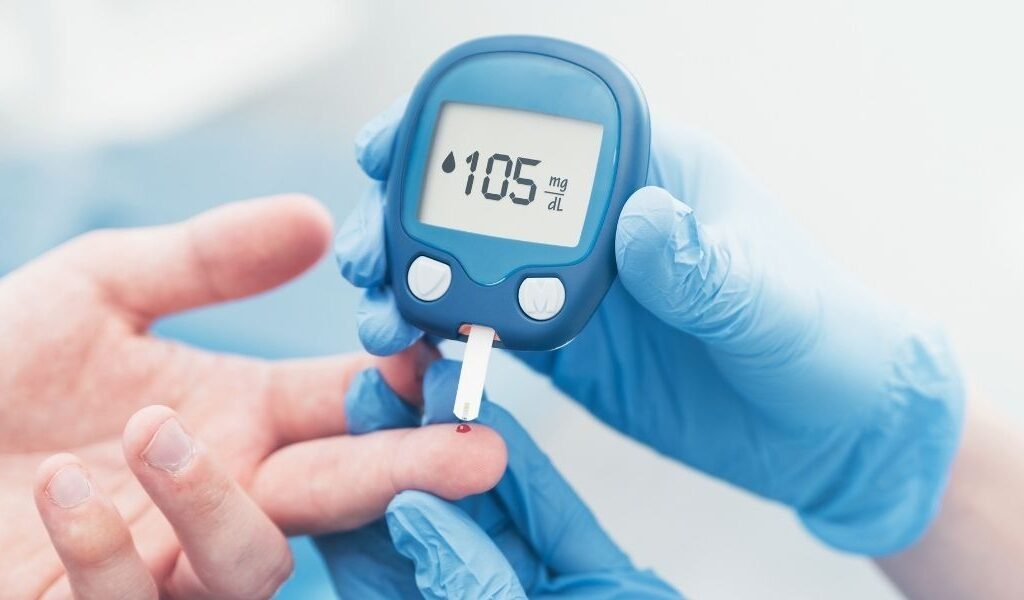Effective blood sugar management isn’t just about diet—exercise plays a crucial role. Yet, many people make avoidable mistakes that worsen glucose control or miss out on the best exercises for stabilizing blood sugar.
If you’re dealing with insulin resistance, prediabetes, or just want more stable energy, this guide will help you ditch 5 common errors and replace them with 7 proven exercises for better blood sugar management.
5 Blood Sugar Management Mistakes You Might Be Making
Mistake #1: Skipping Movement After Meals
Sitting immediately after eating leads to higher blood sugar spikes. Even a short walk helps.
Fix It: Take a 10-15 minute walk within 30 minutes of eating.
Mistake #2: Only Doing Cardio (No Strength Training)
While cardio helps, muscle mass improves insulin sensitivity long-term.
Fix It: Add 2-3 resistance sessions weekly (bodyweight or weights).
Mistake #3: Exercising Too Intensely Without Recovery
Extreme workouts raise cortisol, which can temporarily increase blood sugar.
Fix It: Balance HIIT with low-intensity steady-state (LISS) cardio like walking or swimming.
Mistake #4: Not Tracking Glucose Responses to Exercise
Different workouts affect people differently. Without tracking, you’re guessing.
Fix It: Use a continuous glucose monitor (CGM) or test before/after workouts.
Mistake #5: Inconsistent Routine
Sporadic workouts don’t provide the cumulative benefits for insulin sensitivity.
Fix It: Aim for 150+ minutes weekly of mixed activity.
7 Best Exercises for Blood Sugar Management
Exercise #1: Post-Meal Walking (10-15 mins)
- Why it works: Lowers post-meal glucose spikes by 30-50%.
- Best for: Everyone, especially after carb-heavy meals.
Exercise #2: Resistance Training (2-3x/week)


- Why it works: Muscle absorbs glucose better than fat.
- Try squats, push-ups, or resistance band workouts.
Exercise #3: Cycling (Moderate Pace, 30-45 mins)
- Why it works: Improves insulin sensitivity without overstressing the body.
- Best for: Joint-friendly cardio.
Exercise #4: Yoga (3-4x/week)

- Why it works: Reduces stress (lower cortisol = better glucose control).
- Try slow flows or restorative yoga.
Exercise #5: Swimming (30 mins, 2-3x/week)
- Why it works: Full-body movement without impact, great for circulation.
Exercise #6: Bodyweight Circuits (20-30 mins)
- Example: 3 rounds of
- 10 squats
- 10 push-ups
- 30-sec plank
- Why it works: Combines strength and cardio benefits.
Exercise #7: Tai Chi (Daily 10-20 mins)
- Why it works: Enhances metabolic flexibility and relaxation.
Other Recommended Articles:
Avoid These 5 Mistakes – Try These 6 Recovery and Rest Techniques Instead
Do This If You Want 7 Quick, Budget-Friendly Healthy Meal Plans (No Stress!)
FAQs (Boosts SEO & Engagement)
1. What’s the best time to exercise for blood sugar control?
Morning workouts (fasted) and post-meal walks are most effective.
2. Can exercise replace diabetes medication?
No—always consult your doctor, but exercise significantly improves insulin sensitivity.
3. How soon will I see improvements?
Glucose responses improve within days, but metabolic changes take 4-12 weeks.
4. Should I avoid high-intensity workouts?
Not necessarily—just balance them with gentler movement to avoid cortisol spikes.
Final Thoughts
Better blood sugar management starts with avoiding these 5 mistakes and incorporating these 7 exercises. Consistency matters more than intensity—start small and build gradually.
Need tracking tools? A simple pedometer, resistance bands, or a glucose monitor can help optimize your routine.




